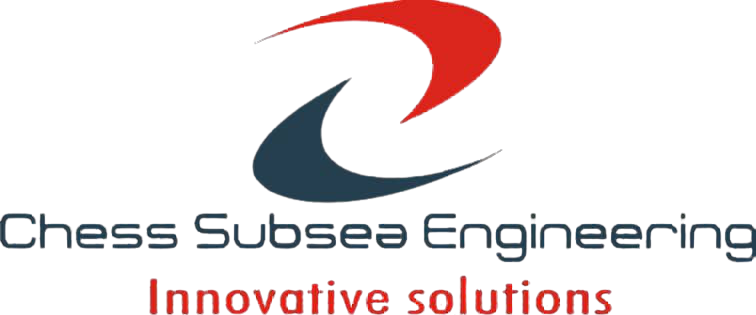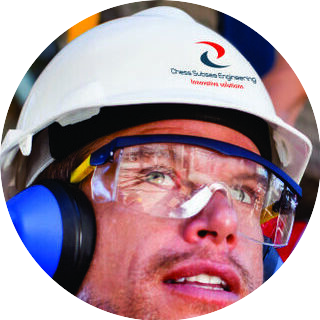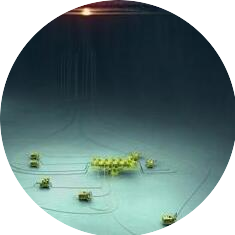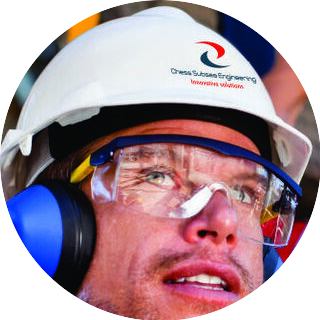Offshore project planning involves the process of developing a comprehensive plan for the execution of projects in offshore environments. This includes identifying project objectives, defining the scope of work, determining the project schedule, identifying the necessary resources, and assessing the risks and uncertainties associated with the project.
Key steps involved in offshore project planning are:
- Identify Project Objectives:
The first step in offshore project planning is to identify the project objectives. This involves determining what the project is expected to achieve, such  as increasing production, reducing costs, or improving safety.
as increasing production, reducing costs, or improving safety.
- Define the Scope of Work:
The scope of work defines the specific tasks and activities that need to be completed to achieve the project objectives. This includes identifying the resources required, setting project boundaries, and defining project deliverables.
- Determine the Project Schedule:
The project schedule is a timeline that outlines the sequence of activities and the duration of each activity. It is essential to determine the project schedule to ensure that the project is completed within the defined timeframe.
- Identify necessary Resources:
Resources required for offshore projects include personnel, equipment, and materials. It is essential to identify and procure the necessary resources to ensure that the project can be completed successfully.
- Assess Risks and Uncertainties:
Offshore projects are subject to a variety of risks and uncertainties, such as weather conditions, equipment failure, and regulatory changes. It is crucial to identify and assess these risks to develop a comprehensive risk management plan.
- Develop a Project Management Plan:
A project management plan outlines how the project will be executed, monitored, and controlled. It includes a project schedule, a risk management plan, a communication plan, and a quality management plan.
- Execute the Project:
The project plan is executed according to the defined schedule and management plan. This involves coordinating personnel and resources, monitoring progress, and implementing quality control measures.
- Monitor and Control the Project:
The project is continuously monitored and controlled throughout the execution phase. Any changes or deviations from the plan are identified and managed accordingly.
- Close the Project:
The project is closed out once all deliverables are completed, and the project objectives are met. This involves documenting the results, archiving project records, and conducting a project evaluation to identify areas for improvement.
Effective offshore project planning is essential for the successful execution of offshore projects. It requires a thorough understanding of project objectives, resources, schedules, risks, and uncertainties to develop a comprehensive project management plan that ensures project success.
Deepwater Offshore & Subsea Engineering Training & Manpower Development Capabilities







